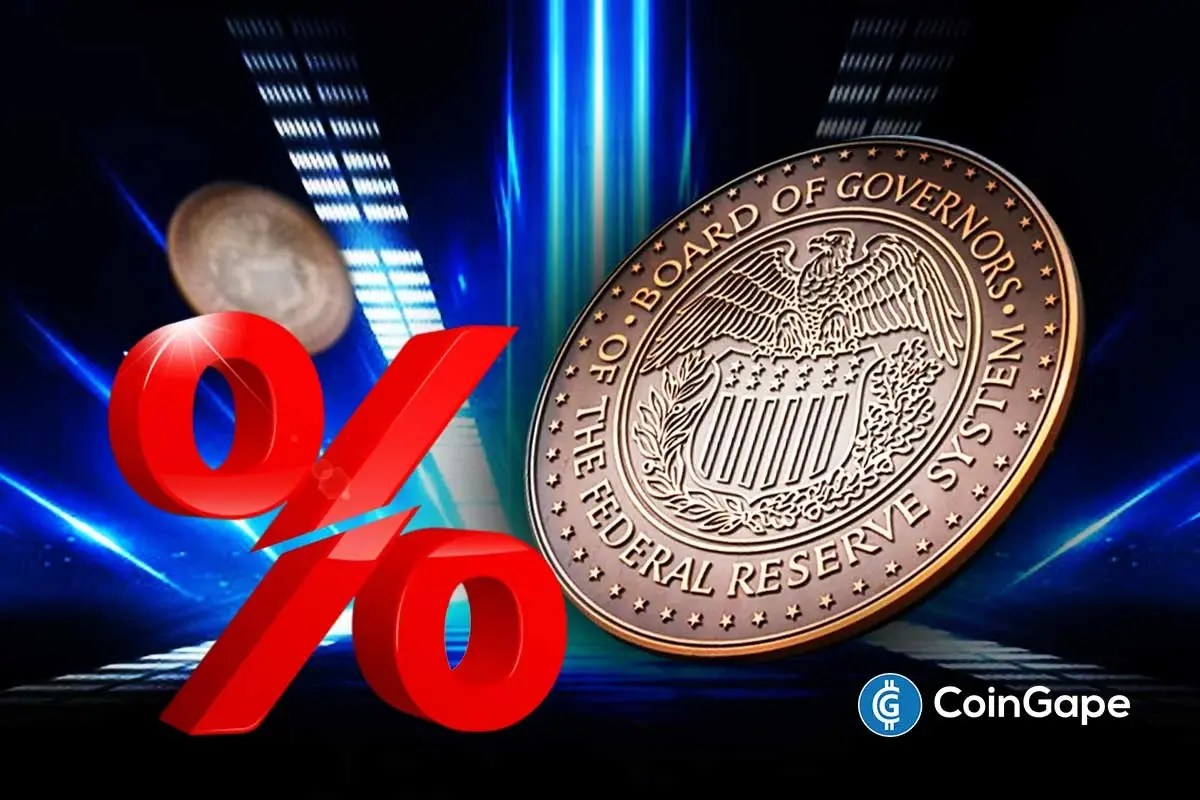Circle Partners with Canton and Stacks to Expand USDC Stablecoin Ecosystem with xReserve

- Circle xReserve enhances blockchain interoperability for seamless USDC-backed stablecoins.
- xReserve minimizes trust issues and boosts liquidity by eliminating third-party bridges.
- Circle’s xReserve partners with Canton and Stacks to extend USDC-backed stablecoins.
Circle has announced the launch of xReserve, an infrastructure to help blockchain ecosystems create and deploy USDC-backed stablecoins. This innovative solution addresses the issue of interoperability between different blockchain networks, while enabling easier transfer of USDC-backed assets.
xReserve also addresses fragmented liquidity and the trust issues that arise when relying on third-party bridges to transfer stablecoins.
A New Standard for Blockchain Interoperability with USDC-Backed Stablecoins
xReserve enables blockchain teams to mint USDC-backed stablecoins, which ensures they are 1:1 backed. This simplifies the process of developers launching stablecoins, preserving the interoperability on various blockchain networks.
Traditionally, USDC cross-blockchain bridging has resulted in inefficiencies and liquidity fragmentation. Furthermore, implementations of USDC, both native and bridged, create liquidity silos and complicate transactions.
Through xReserve, developers can deploy USDC-backed stablecoins on their networks, with full compatibility with USDC. In addition, it does not require third-party bridges, which are usually accompanied by security concerns and trust assumptions.
With Circle CCTP and Circle Gateway, xReserve offers 1:1 transfers between USDC-backed stablecoins and USDC aiming to simplify the user experience and make cross-chain transfers effortless.
Circle’s xReserve platform also plans to add other digital assets, like EURC, which may make it adaptable to any blockchain ecosystem and scalable.
Also Read | Circle Launches StableFX for 24/7 Institutional-Grade Onchain FX Trading
Security and Transparency: How Circle xReserve Works
According to Circle, xReserve focuses on transparency and security. The system generates attestations for key processes, such as deposit and mint, and burn and mint, to ensure the integrity of cross-chain transfers.
Through xReserve, if a user deposits USDC, an attestation to the deposit is generated. This attestation is then minted on the partner blockchain network by the partner blockchain team in the form of USDC-backed tokens.
Furthermore, if a user needs to transfer assets from one chain to another, they would initiate a process of burning and minting assets. The destination blockchain then uses the attestation to mint the equivalent USDC-backed tokens. An attestation is signed by the xReserve API by verifying the burn request. This reduces trust in the system by validating cross-chain transfers using xReserve attestations, which reduces the reliance on third-party intermediaries.
Designed to be extensible, xReserve can easily integrate new digital assets in the future. Currently, the system supports Ethereum, where USDC is most widely used, and it plans to expand to additional partner chains like Canton Network and Stacks.
Canton and Stacks Integrate with xReserve
Circle’s xReserve expands collaboration with Canton Network and Stacks. Canton, which has institutional-grade privacy and compliance features, will use xReserve to enable users to mint USDC-supported stablecoins on its ecosystem. This further improves Canton’s privacy features and cross-chain transfer of stablecoins.
On the other hand, Stacks, a Layer 2 solution built on Bitcoin, will leverage xReserve to bring USDC-backed stablecoins to the Bitcoin ecosystem. The integration will be a key move to add liquidity to Bitcoin’s decentralized finance (DeFi) sector.
Moreover, it is expected to improve the liquidity on Stacks DeFi protocols and improve the user experience with a unified, Circle-managed stablecoin reserve.
Also Read | Circle Plans Native Token Launch to Drive Growth on Arc Network
You May Also Like

Fed Makes First Rate Cut of the Year, Lowers Rates by 25 Bps

